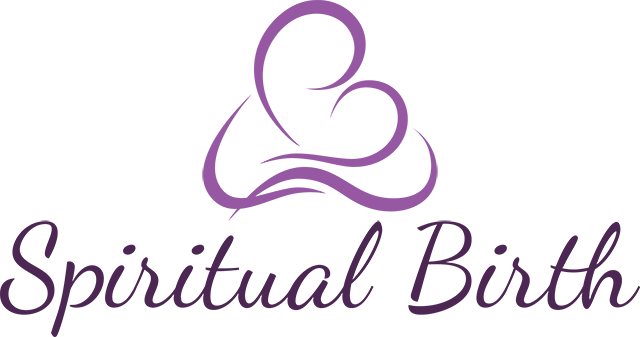A homebirth story
Stacy did not want a repeat of her previous experience where she felt bullied in the hospital setting. She was whisked to theatre and struggled with breastfeeding for months, after her caesarian surgery. This time around, Stacy wanted to be in a home environment.
She hoped for more autonomy where she could be in control and make decisions about her labour. Stacy worked in partnership with a trusted midwife. At the same time, Stacy and Wade wanted safety and an integrated collaboration between midwife and obstetrician/hospital. This was difficult to achieve, but Stacy persevered. She recruiting the services of a local obstetrician, who agreed to facilitate hospital/medical back up support, should transfer be medically necessary.
Research
A large study published in 2019 by researchers at Mcmaster University compared mothers who intended to give birth at home, with mothers who chose to give birth in hospital, from 8 different countries and 500 000 planned home births. The outcomes showed that there was NO DIFFERENCE in the safety data.
“The research clearly demonstrates that the risk is no different whether the birth is intended to be at home or in hospital.” said Professor Emeritus Eileen Hutton, first lead researcher of the study (Hutton et al, 2019). What this means in reality is that babies born at home were at no higher risk of dying than in hospitals. In other words, homebirth is as safe as hospital birth for a low risk healthy mother. This is provided the services of a hospital are arranged, should they be needed.
Mothers are less likely to give birth naturally in a hospital setting. Physiological labour and birth is more likely to occur in a home setting. This was established by the Birthplace in England national prospective cohort study in 2011, published in the British Medical Journal.
Interventions
What can often happen in the hospital setting is called the cascade of interventions. For example, a mother goes to hospital in very early labour because she is anxious. Her labour may progress slowly when she is placed lying down on a bed to be monitored. She may be tense and afraid. Doctors may suggest a ‘pitocin/syntocinon’ drip to speed things up. This can make contractions very painful. After several hours of this, the mother may ask for pain relief.
An epidural may appear to solve the pain problem. But an epidural renders the mother unable to move her body. Despite that a mother feels no pain, her body is frozen. The mother cannot walk around or adopt a position that facilitates physiological birth. Once the baby is born, the mother may be unable to walk or may struggle with pain, her dream of a natural birth disappointed. Labour may often end in a caesarian section. A difficult way to start the journey of motherhood with a baby in your arms. Holding a baby and breastfeeding can be hard when your belly hurts.
Home Birth
Physiological birth, on the other hand, can unfold slowly at home with midwife in attendance waiting and watching. The mother feels calm, and safe in her own home, is at liberty to walk around. She can eat, be comforted, use her own bathroom and bed. she can give birth in water. She can share her experience with a few trusted friends or family. Her body DOES know what to do. When the baby is born, it is the mother who catches the baby. They are not separated, the father is present.
The baby can adapt skin to skin on the mother or father to the new space and habitat. The baby is comforted by the closeness of the mother’s heartbeat, welcoming words and loving gaze. Other, older children can be present and are not separated. Oxytocin is released by both the mother and father during labour and birth. The baby and other siblings release oxytocin too. This hormone invites connection and relationship, bonding and love. High oxytocin release is akin to a spiritual experience and is encouraged at home.
There is no ‘should’ about choices in childbirth.
Mothers have options and must search for the birth place and support team that suits them best.
Home birth is one of these options.

